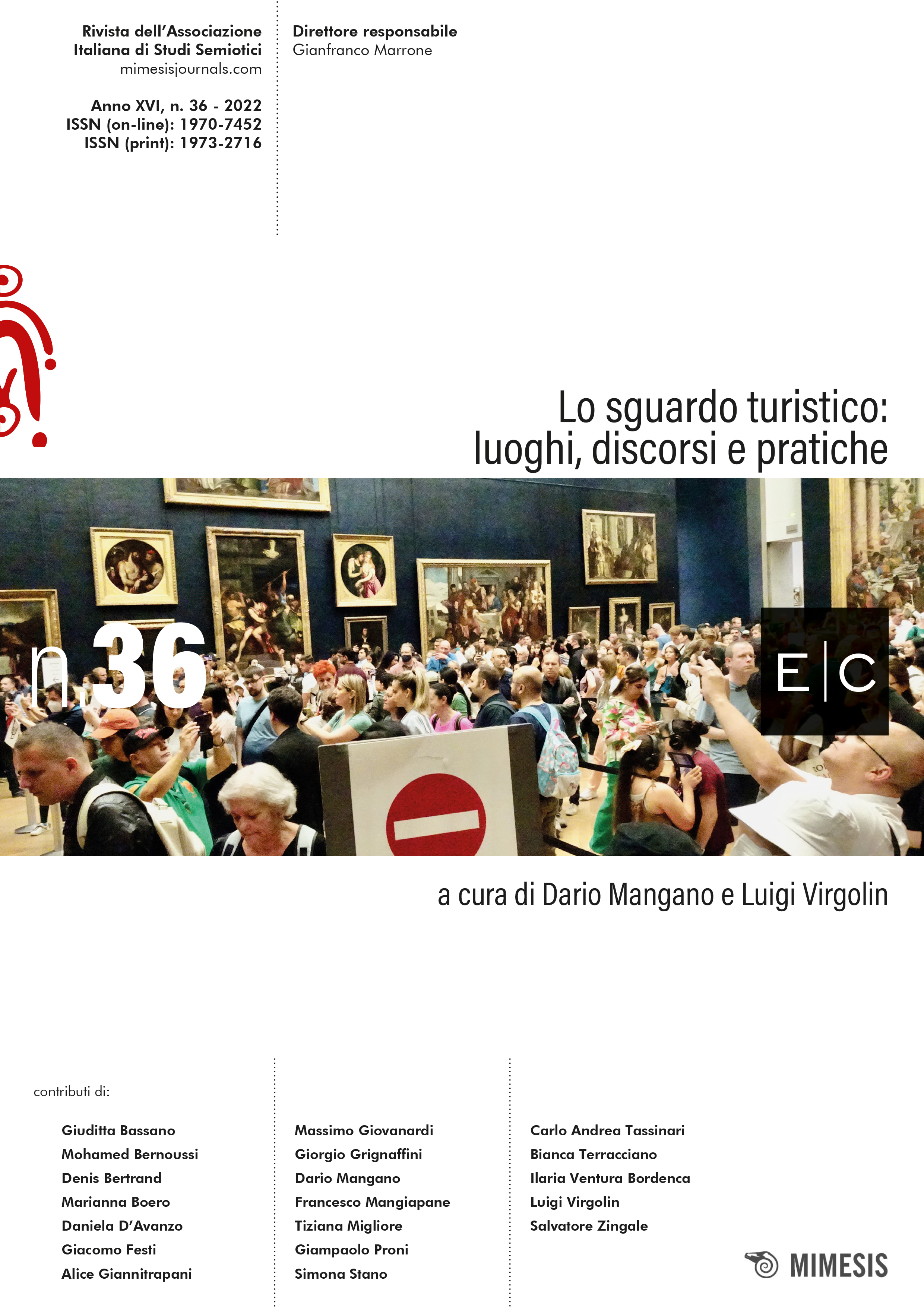Prolégomènes à une culture du Tberguigue, ou le voir marocain entre sémiosphère et encyclopédie
Abstract
This article studies, from a semiotic point of view, a very widespread visual practice in Morocco called « tberguigue ». It consists of staring at a person for a prolonged period of time, sometimes voluntarily, sometimes not. This practice is very present in Moroccan culture and raises complex semiotic issues because transforming a practice into a semiotic object requires first resolving the methodological and the empirical difficulties that this imposes, and second justifying the choice to replace the question of immanence with that of encyclopedia or semiosphere ( Eco and their exegetes). It is only once the object of study is stabilized that we can move to the question of contextualization through corollary textualizations like the Muslim ideology of the body and the banishment of image and figuration in the Coran the haddithsand the exegetes. Other contextualization will be studied because the same ideology of the seeing has generated other powerful structures that influence this type of gaze, even normalizing it, such as in calligraphy, architecture, and other semiotic systems. Here the semiotics of space, mainly spatiality and places considered actants, will be exploited to examine a space characterized essentially by the saturation and conjuration of the void by all means. We will discuss the cramped space of the medina, the very narrow urban structures, and their influence on the way to see and be seen. After having integrated the culinary which is also characterized by the saturation of forms and tastes, we will wonder if the saturation is not a fundamental feature of Moroccan culture in general, and of that way of seeing in particular. We will end with the conclusion on the function of the tberguigue in Morocca n society and the forms of valuation at stake.



